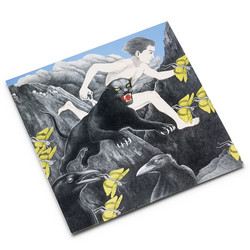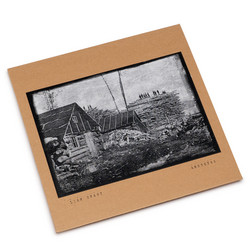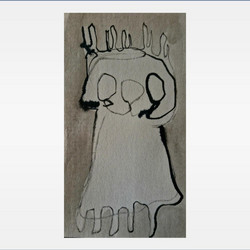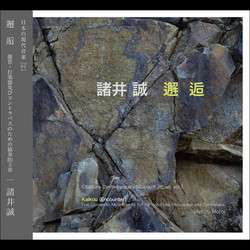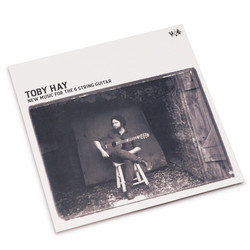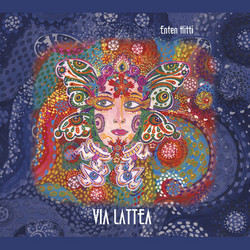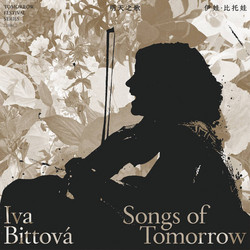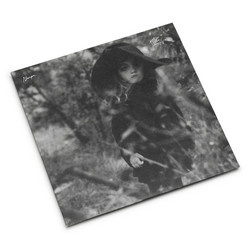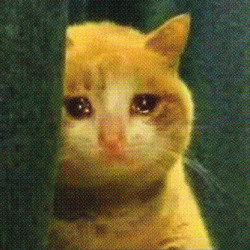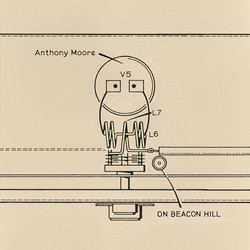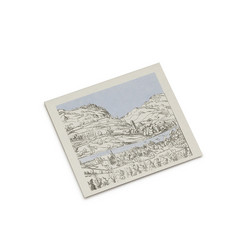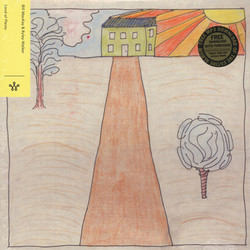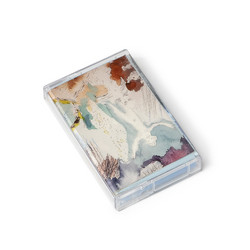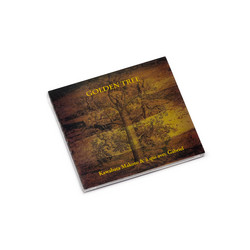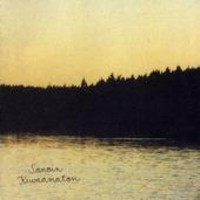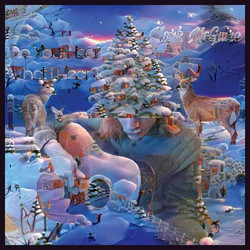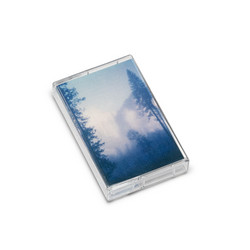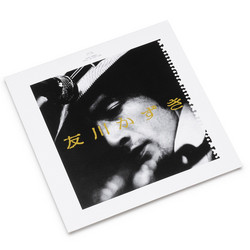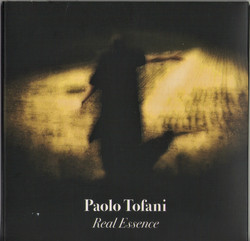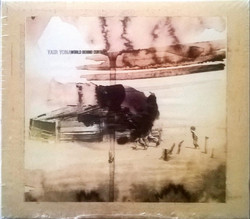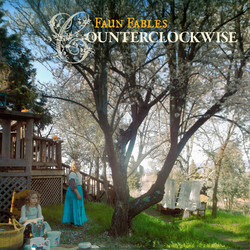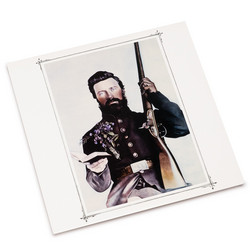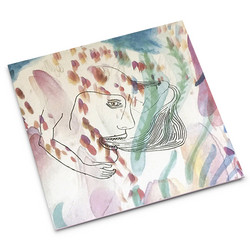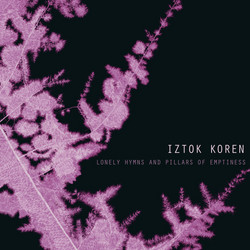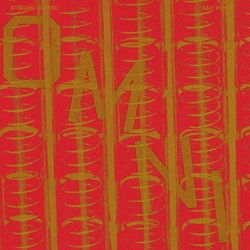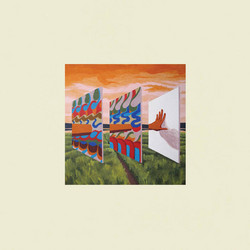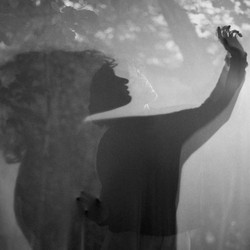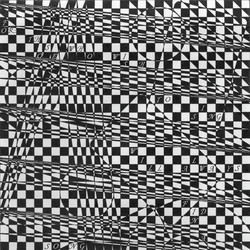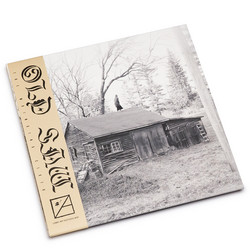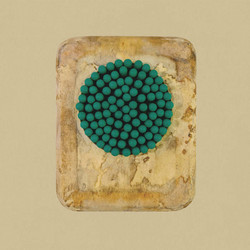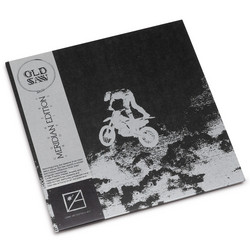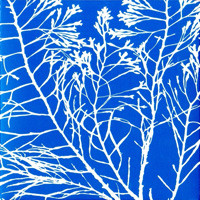In Language At An Angle, Sam Wenc extends his reputation as both an innovator and a craftsman, venturing into territory where traditional folk idioms are fragmented and cast alongside minimalist sound design. Steeped in a tradition that finds resonance with post-rock and spiritual jazz, the compositions resist easy categorization, aligning with the exploratory spirit found in the works of genre-defying artists celebrated by critics such as Philip Sherburne and Simon Reynolds. Wenc’s manipulation of pedal steel guitar—often relegated to mere Americana pastiche—becomes a lens for atmosphere, memory, and spatial reflection. He lays down multi-layered sonic frameworks, employing sustained tones and subtle textural shifts where the gesture of each note is given room to breathe. This approach, reminiscent of avant-garde Americana, makes the record feel simultaneously rooted and adrift, shaped by a gentle experimental ethos. Through these pieces, ambient pulses, fragments of melody, and abstracted field recordings coalesce, echoing the intersection between improvisational freedom and compositional intent. The seamless integration of environmental sounds and lightly processed acoustic gestures fosters a liminal space, balancing lyricism and abstraction without tipping towards artifice.
With Language At An Angle, Wenc foregrounds the listener’s subjective experience, trading virtuosity for vulnerability and atmosphere for narrative. Each transition, each moment of pause, is meticulously calibrated, drawing on a lineage of artists who privilege the “spirit” of sound over technical excess. Here, folk motifs become weathered memories, shaped by time and transformation, and the act of listening turns into an intimate, immersive exercise. Rather than insisting on thematic closure, the album invites repeated engagement, rewarding patient ears with details that emerge gradually—a quality noted by diverse reviewers in the fields of jazz, experimental, and minimalist music. In refusing to pin down meaning or sentiment, Language At An Angle opens a dialogue between the artist and audience, celebrating ambiguity and discovery.
